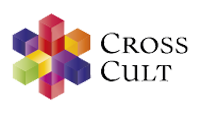A plan accross seven workpackages (WPs)
- WP1 (coordination and management) is transversal during the project life.
- The core CrossCult activities start with WP2 which refines the pilots and the requirements for metadata, content and technological artefacts. WP2 also prepares the meta-models and digitized content, by linking, integrating and ensuring interoperability between existing models and digitized repositories.
- WP3 is dedicated to the implementation of the technological artefacts which will be used to conduct the Pilots.
- WP4 will build the CrossCult platform, by integrating the technological artefacts from WP3 and the management of digital content and metadata, in order to provide end-users with services on mobile or static devices
- WP5 is dedicated to the pilot implementation, using and assessing the CrossCult platform from WP4, following the pilot specifications refined in WP2, in London (UK); Lugo (Spain), Chaves (Portugal), Padova (Italy) and Epidaurus (Greece); Athens (Greece); Luxembourg (LU) and Valletta (Malta).
- WP5 and WP7, through the Living Lab, will provide valuable Return-on-Experiment and feedback from stakeholders and policy makers, to ensure that the project outcomes are ready for the market.
- From these inputs, WP6 will concentrate on building business models, implementation roadmap and strategies for the deployment of the CROSSCULT solutions.
Workpackages objectives
WP1' s objective is to provide the overall legal, contractual, ethical, financial and administrative management of the project, including communication with the European Commission and reporting.
WP2's objectives are:
- to refine the details of the four flagship pilots, specifying their modelling and infrastructure requirements, and their evaluation metrics.
- to refine, augment and interlink the digital cultural resources according to the pilot requirements.
- to specify the data model for the representation of the relevant digital resource information.
WP3's objectives are:
- to develop the software modules needed to enable the innovative technological features envisaged in the project, including a range of techniques and algorithms for use in the different pilots.
- to perform alpha testing in simulated environments, and to prepare the aforementioned modules for integration into the CrossCult platform.
The objective of WP4 is to specify, design and implement:
- a software platform (CrossCult backend) that will host the ontology, the digitized content, the scientific and technical artefacts and tools, and will offer them as services.
- the front-end of the CrossCult platform, which will facilitate access to the backend technologies and services through standardized interfaces for communication with both internal and external stakeholders.
While synchronisation will be ensured at the management level (WP1), each pilot will comprise different phases: set-up of the infrastructure and instantiation of the platform components; development of the end-user applications used in the pilots using the features and tools provided by the platform; experimental setup including recruiting of visitors and beta-users; controlled experimental phase supervised by technological partners (computer scientists); and uncontrolled experimental phase supervised by historians and humanities scientists.
The controlled phase will provide feedback from the visitors (directly through questionnaires and indirectly through their interactions with the apps), which will be used to refine the requirements, models and digital content (WP2), the technological artefacts (WP3), and to enhance the CrossCult platform. The uncontrolled experiments will allow to assess the impact of our approach and supporting platform.
WP5's main objectives are:
- to develop the end-user application for each pilot.
- to implement, set up and run the pilots.
- to evaluate the pilots and the Return on Experience of the end users.
WP6's main objectives are:
- to develop a Business model suitable for CrossCult technologies and target sectors, that will assure future viability and investments.
- to identify target sectors, economic market potential and impact, distribution channels and partners
- to define marketing and income generation strategies for stakeholders and partners
WP7's objectives are:
- to disseminate the project’s outcomes to various audiences and venues.
- to create a Living Lab around the topic of “History reflection through IT”, which will operate on the principles of openness, continuous stakeholder engagement, community development and excellence.
For each of those work packages, the consortium partners has to provide specific deliverables.
Project partners
-
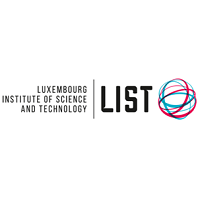
Luxembourg Institute of Science and Technology (LIST)
-
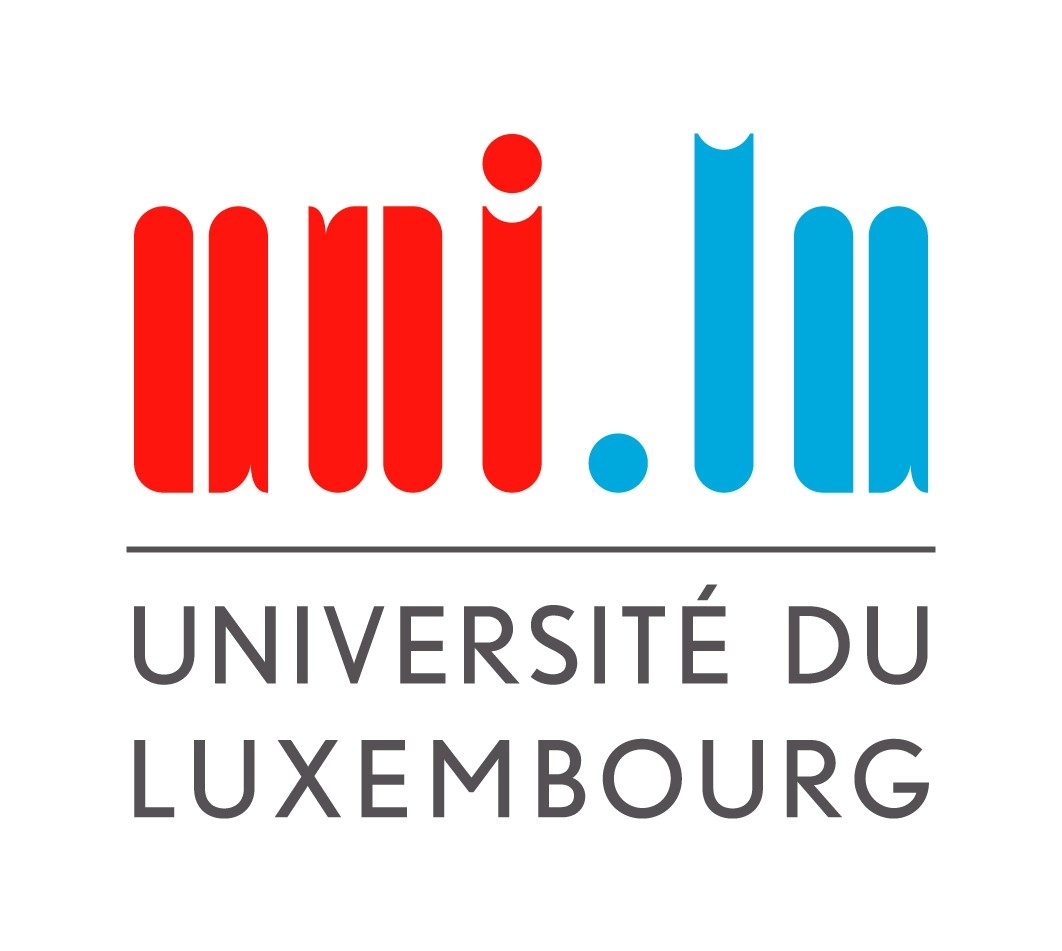
Université du Luxembourg
-
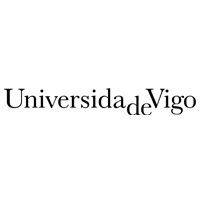
Universida de Vigo
-
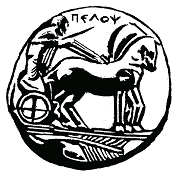
University of Peloponnese
-
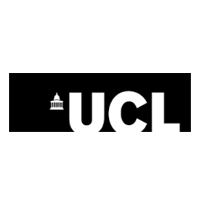
University College of London
-
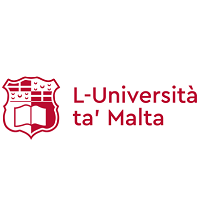
University of Malta
-
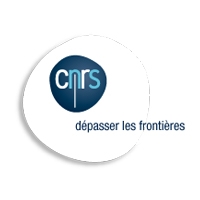
Centre national de la recherche scientifique (CNRS)
-
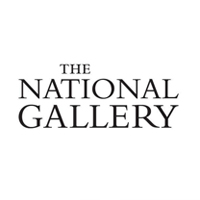
The National Gallery, London
-
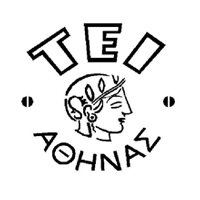
Τechnological Educational Institute of Athens (TEI-A)
-
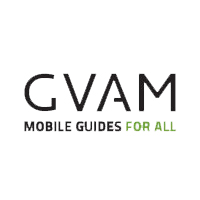
GVAM
-
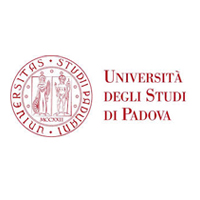
Universita degli studi di Padova
